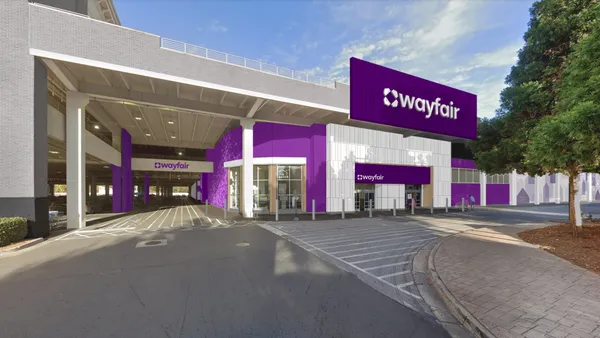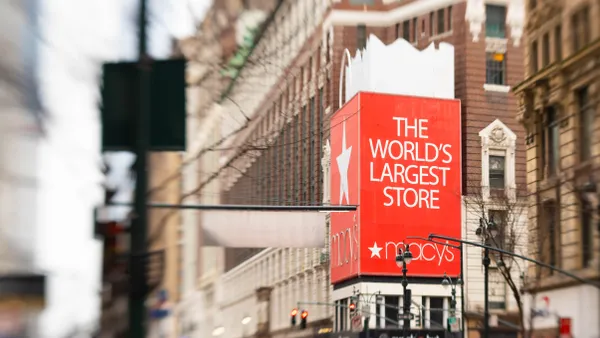Dive Brief:
-
Generation Z’s $44 billion in annual spending power represents a giant target to retail and brand marketers, but they must realize that these consumers also are driven by different motivating factors than previous generations, a MediaPost commentary suggested.
-
“While previous generations were driven by finding the best deal and the most appealing in-store experience, the shopping experience of a Gen Z member can be boiled down to a few clicks on a mobile device,” the commentary stated.
-
This means that retailers and brands need to start adapting their product and marketing messages to be viewed and consumed “in short bursts of attention” that have defined the formats used by social media platforms like Twitter and Snapchat.
Dive Insight:
This commentary makes some interesting points, and the general gist is that retailers need to adapt how they market, or risk being overlooked or ignored by a generation that lives and breathes via mobile devices. Marketers certainly can't gloss over their sales approach to Gen Z, as the crowd that was born between roughly 1995 and 2014 is bigger than both the Baby Boom and the millennial generations, with about 6 billion Gen Z members globally.
Yet, Gen Z may not exactly be the "mobile-only" generation that this opinion piece believes it to be. It certainly is a mobile-first generation, but as Jane Cheung, global leader for consumer products for the IBM Institute for Business Value, told Retail Dive earlier this year, "Mobile is the number one device that they use — they’re connected all the time. They literally have the phone on their fingertips, and that definitely makes them more impatient. They expect things to be there when they need it. But, makeup, clothes, shoes — they still want to go to the store to check the product out. And if they try an outfit on, they want to take it home. They want the satisfaction of trying it on, and having it then and there.”
That is at least part of the reason why so many pure-play e-commerce companies are now trying to establish brick-and-mortar beachheads. It turns out that no matter how much you have your head in your phone or your laptop, you can't use it to help you put on a shirt. And it's difficult — though perhaps getting easier, with devices like the Echo Look — to consult face to face with a store associate you trust.
All of this doesn't mean that marketers can stick to TV commercials, in-store promotions and billboards as their only means to communicate with Gen Z. They very much need to change their approach, and adjust to the understanding that user attention will drift. Reach them with quick hits via mobile, and concentrate on building relationships once they show up in your stores.














